Unleashing the full power of Android 5.0 Lollipop camera: see the difference between lossless raw (DNG) vs JPEG

Android 5.0 Lollipop comes with a very noticeable visual overhaul, but it's the little changes under the hood that really make this upgrade huge. After long years of offering very limited access to the camera feed to developers, Google has finally opened up by introducing a much more versatile Camera v2 APIs.
Put simply, with Android 5.0 Lollipop, developers have the power to make camera apps that give the user control over shutter speed and allow for lossless raw (in DNG format) image output.
This opens up a world of possibilities for post-processing, as you can just take the RAW files and non-destructively edit them to get the most out of an image - better dynamics, suppressed noise, and all the other benefits of having files with no compression rather than compressed JPEGs.
The new camera APIs also allow app makers to go as deep as changing the color correction matrix, as well as benefit from massively faster camera burst rates. With the new camera API, the 8-megapixel Nexus 5, for instance, is capable of going at bursts of 30fps, faster than even many dedicated cameras.
What we really want to focus on here, though, is how you can unleash the full power of the camera APIs in Android 5.0 Lollipop by using the lossless DNG files and slightly tweak them. We compare JPEGs out of the camera with DNGs that have been tweaked slightly, and then reformatted to JPEG. We've also downsized all images to around 2 megapixels for faster loading. Take a look at the results right below: which ones do you prefer, the JPEGs or the edited DNGs?

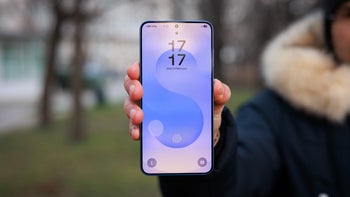
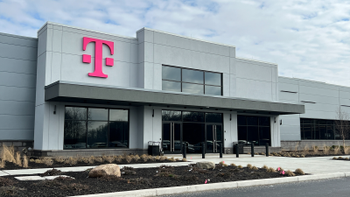
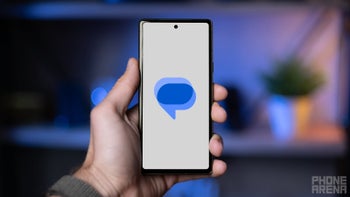
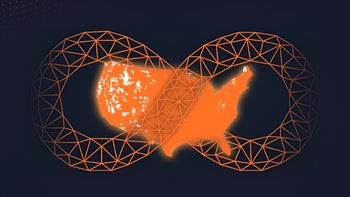
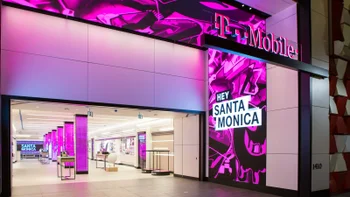
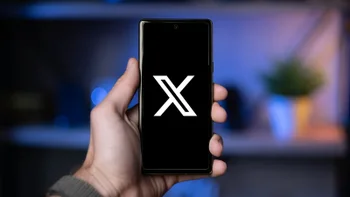
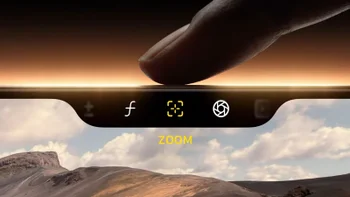


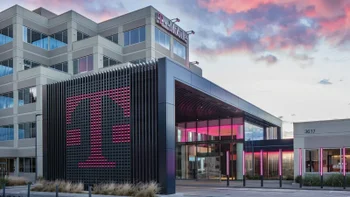

Things that are NOT allowed:
To help keep our community safe and free from spam, we apply temporary limits to newly created accounts: